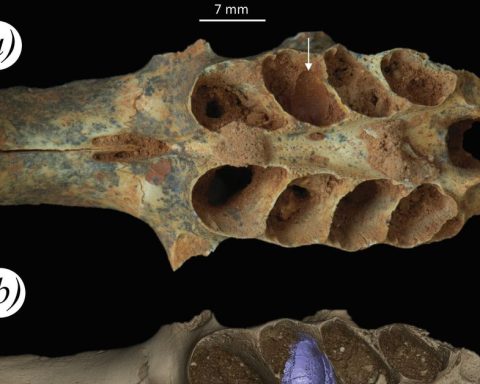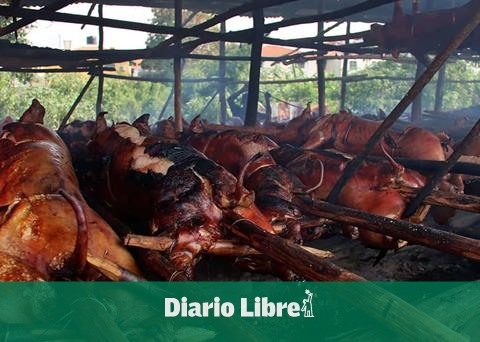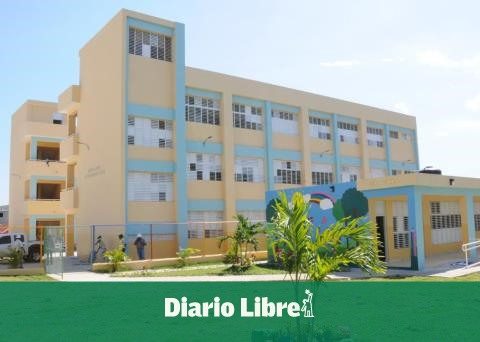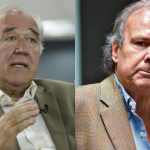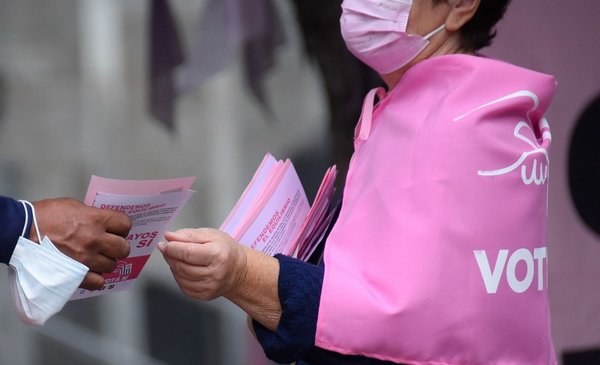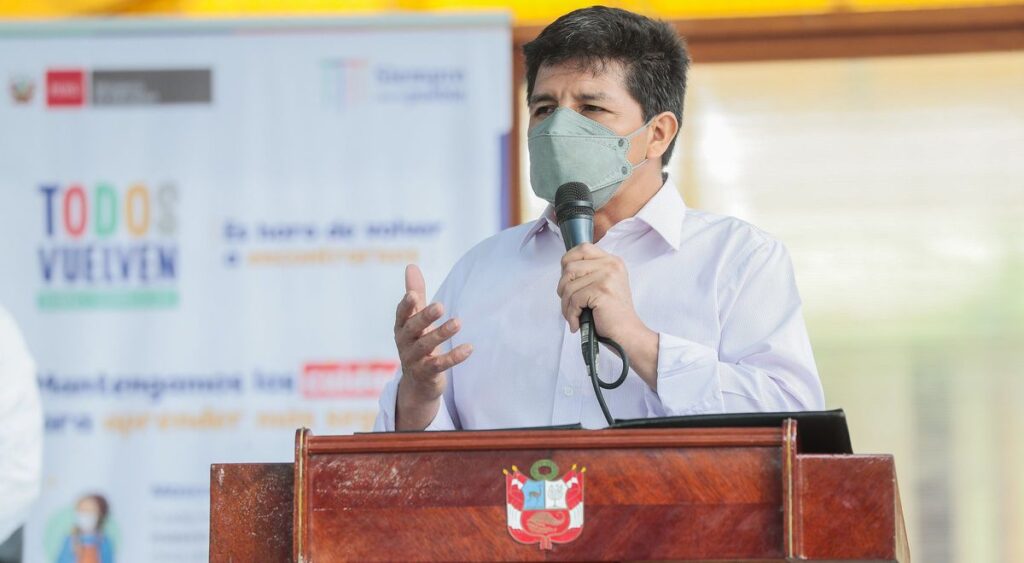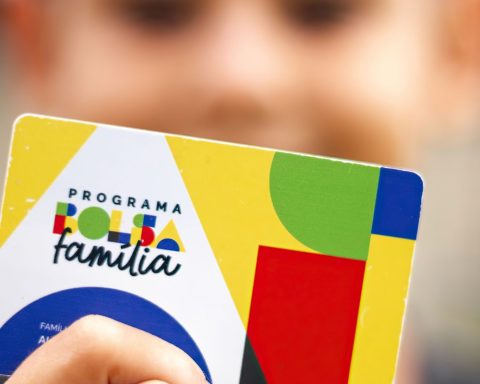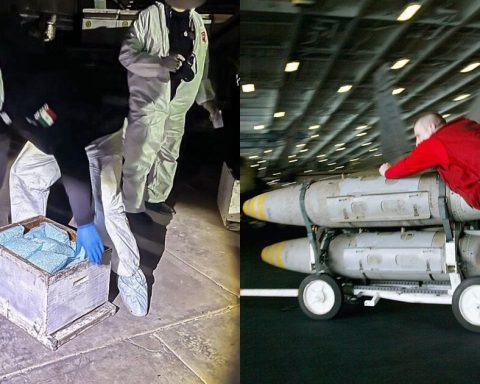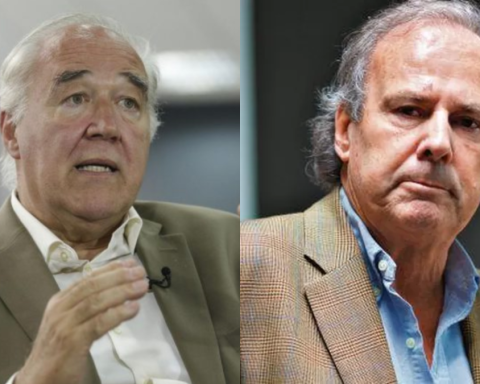Korean culture, with its K-dramas, K-pop and particular gastronomy, has become better known in the Dominican Republic in recent years, but Koreans still do not consider this Caribbean country among their preferred tourist destinations. About 18 or 30 hours of flight separate them.
But there is a section of South Korea to which the Dominican Republic generates special attention: business. And among its objectives is the international airport that the Luis Abinader government seeks to build in Pedernales and, on a bilateral level, a FTA that would allow Hyundai and Kia vehicles to be sold at a lower price.
“The flint development plan is a good approach for Korean companies,” says Jaewook Yoo, general director of the Korea Trade-Investment Promotion Agency (Kotra) in Santo Domingo. “If we can, we are honored to be in those development activities.”
The Tourism Development Project of Pedernales, Cabo Rojo, is conceived to be carried out in four phases, for an average of 10 years, and an estimated investment of 2,245 million dollars, for which the government is seeking investors.
In the first phase, an investment of 1,300 million dollars is stipulated for the construction of 4,700 hotel rooms, with the goal of increasing them to 12,000 by the end of the project. The government has reported that the first hotels will begin construction in mid-2022.
In this first phase, it is also planned to build an international airport in southern Pedernales. The government projects that when it has completed its fourth phase, it will receive 963,155 international passengers.
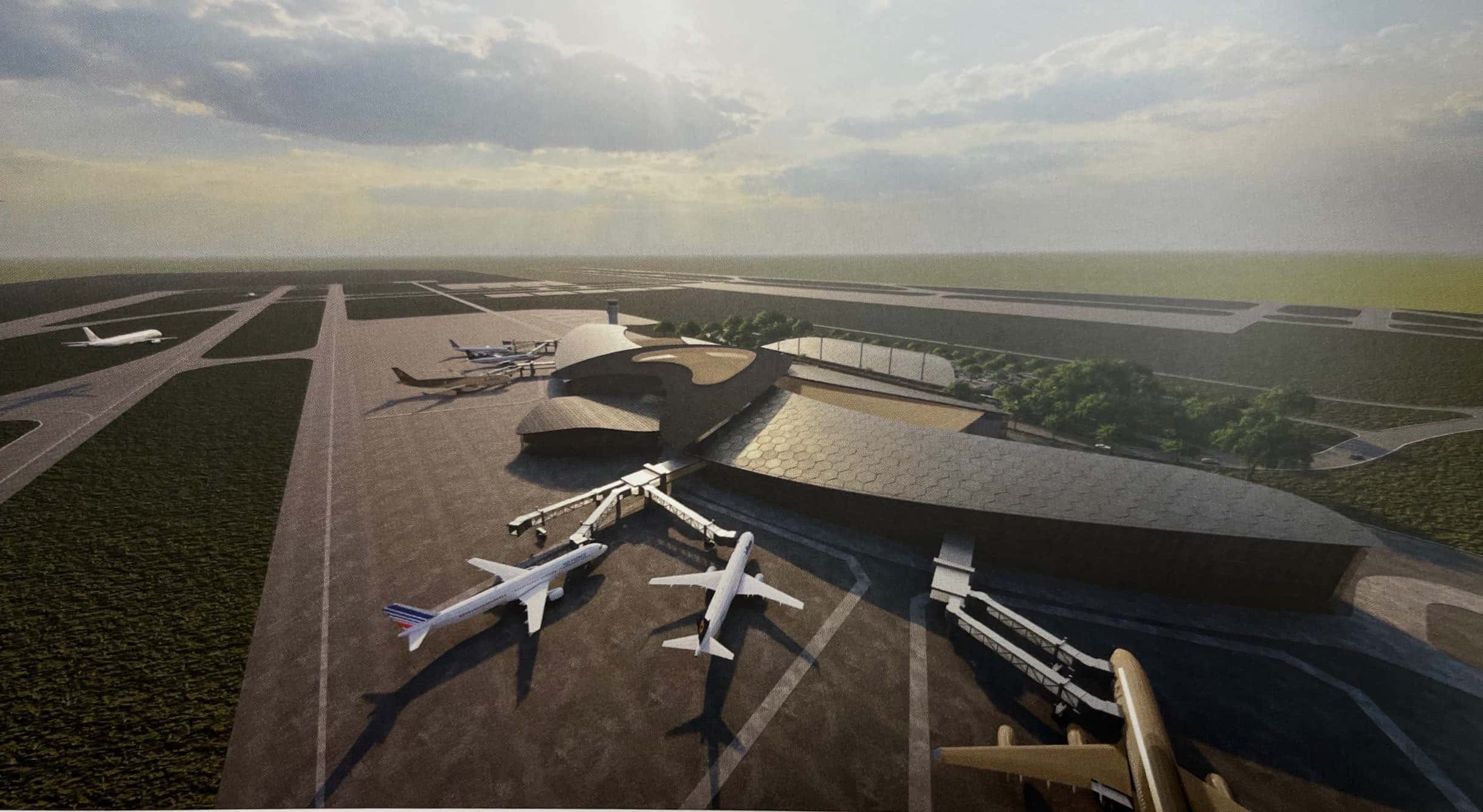
Yoo explains that Incheon International Airport in Korea handles the third largest amount of air cargo in the world and the fifth largest amount of air passengers. The operating company of that terminal, with a Korean consortium, won a new construction project for the Airport in Chinchero, Peru, near the town of Cuzco.
“So the first Korean-made airport is now under construction in Peru. And from that experience, we are trying to expand the technologies to other areas as well,” he says.
“We are waiting for the official tender,” says Yoo, referring to the project in Pedernales. But he does not rule out that, if they have the opportunity to speak with President Luis Abinader or with other high-ranking officials, they are open to showing them their interest and availability for financing.
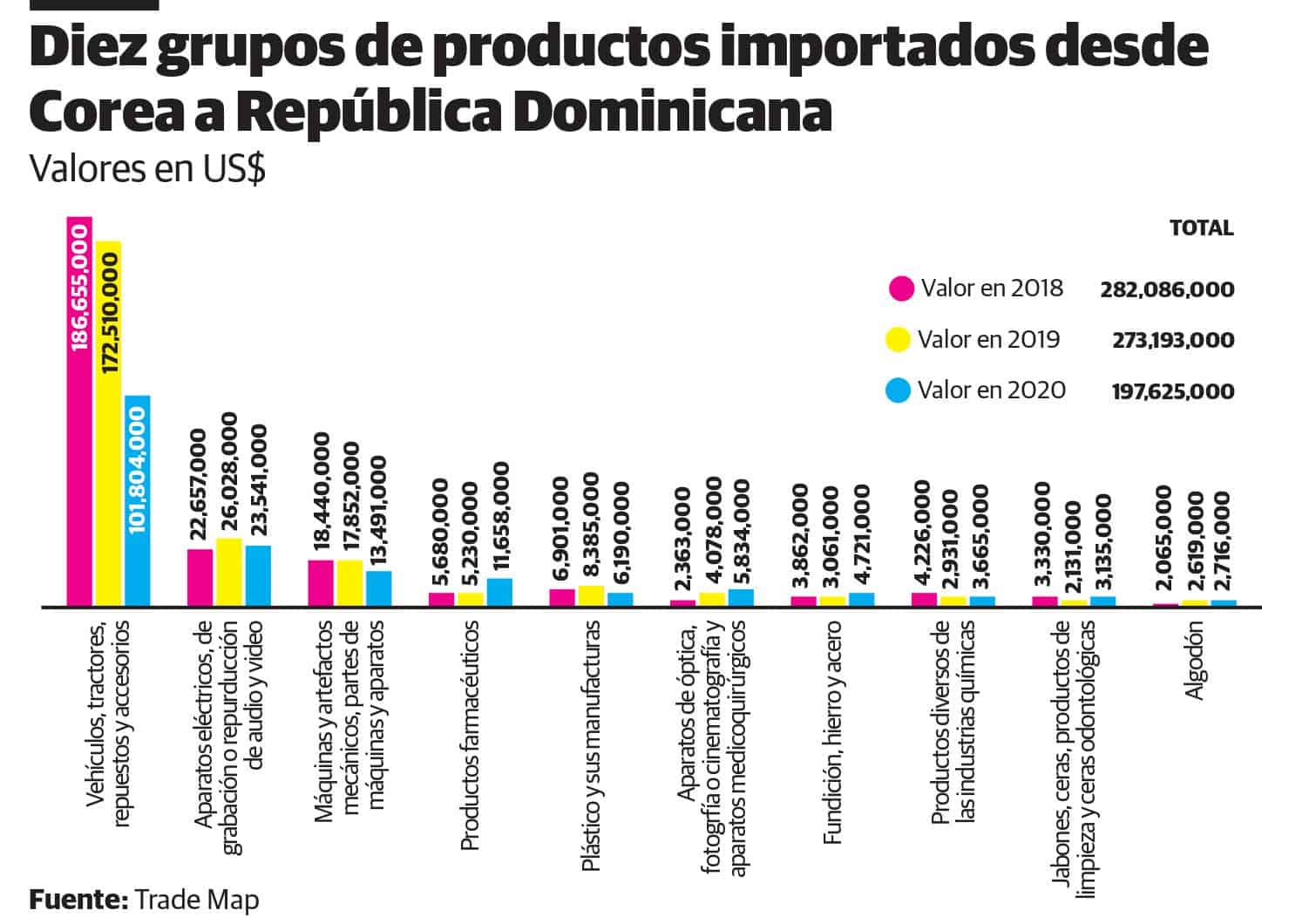
Last year, the Dominican Republic expressed its willingness to join the FTA Come in South Korea and Central America, through the Deputy Minister of Economic Affairs and International Cooperation, Hugo Francisco Rivera Fernández, who was representing the country on a visit to that Asian nation.
This treaty between South Korea and Costa Rica, El Salvador, Panama, Honduras and Nicaragua, entered into force in March 2021.
Yoo anticipates that both countries are working on it and understands that, probably in June, for the 60th anniversary of diplomatic relations between the two states, a declaration could be made regarding the official negotiations on the agreement.
The official guarantees that, for the Dominican Republic to adhere to that FTAthe price of Korean vehicles, for example, Hyundai and Kia brands, which are marketed in the country, would be reduced due to the impact of the agreement on customs costs.
The Dominican vehicle fleet -excluding motorcycles- closed 2021, with 13.1% (297,272) of vehicles of Korean origin, Hyundai, Kia and Ssanhyong brands, among others, only surpassed by the Japanese who dominated 62.9% of the cake.
“There will be lower prices, not only for vehicles, but also for maintenance, spare parts, service,” estimates Yoo. “I think they can expect that after the FTAnot only for cars, but also for other products”.
How many are there and what are they coming?
Latin America is home to a Korean community that has blended into their culture.
550Koreans approximately live in the DR
About 100 of these are already Dominican citizens. More than half reside in Santo Domingo.
90,000Koreans reside in Latin America
The Korean community in the Dominican Republic is the 12th largest in Latin America.
3,997
Koreans visited the DR in 2021, mostly for business
During the last 10 years, until 2019, the number of Korean visitors to the Dominican Republic increased 76.8%, being the fourth highest increase in Latin America.
Source: Kotra Santo Domingo
“Previously, Korean food and items from Korea were only shipped to established Koreans here, which is like 500 people. But now many Dominicans like to buy Korean food.”CEO of Kotra in Santo Domingo
Diplomatic relations between the Dominican Republic and South Korea They began in 1962 and in this 2022 they will be 60 years old.
It was in 1980 when the embassy of that Asian country was opened in Santo Domingo. A year earlier, product trade between the two was approximately $4 million. In the last 40 years the amount has increased, and by 2021 it was 403 million dollars, reports Yoo. In that year, Korea exported 311 million dollars to the Dominican Republic and Quisqueya 92 million dollars to Korea.
Korean migrants began to arrive in the Dominican Republic in the late 1980s and early 1990s, among these businessmen who were looking for a new market in the face of the economic crisis in their nation. Businessmen then chose to invest in the textile sector, due to the country’s proximity to the United States market and cheap labor. Investments later diversified into other branches, like energycosmetic and consumer products, and technology.
“Logistically, the Dominican Republic is very close to the United States and has very good relations with the United States, so there are no risks regarding political issues”CEO of Kotra in Santo Domingo
Yoo points out that, in 2006, after a visit by then President Leonel Fernández to Korea, both states agreed to transfer information technology from Korea to the Dominican Republic. Thus, the Asian nation provided 23 million dollars to modernize the Dominican Customs service and also the knowledge of its engineers. With this cooperation, Yoo says, the customs processing time was reduced from two days to two hours.
It adds that, by 2021, the Korean company LG H&H invested 10 million dollars to acquire a manufacturing plant for sanitary products in the Piisa Free Zone Park, in Haina, San Cristóbal.
That year, Posco E&C, one of the leading Korean companies in the engineering construction sector, won a project with its partner for the construction of a natural gas terminal in Boca Chica.
Netflix productions have also contributed to the promotion of Korean entertainment in the West and, incidentally, the country and its culture. “Recently, a lot of Korean culture is spreading in Latin America, even in the Dominican Republic,” says Yoo. “And it basically resulted in increased demand for Korean consumer goods, not just music and dramas, snacks, Korean cosmetics, and all consumer goods. So we and Korean companies see that here is the potential for Korean consumer products to expand their market.”
The official comments that large retail chains in the Dominican Republic ask them what kind of Korean products they have available. “Previously, Korean food and items from Korea were only shipped to established Koreans here, which is like 500 people. But now many Dominicans like to buy Korean food,” says Yoo. And that preference is also motivating companies to expand the consumer market.
Yoo points out that previously the Dominican Republic was, for Koreans, a place to provide cheap labor. “Korean companies were looking to reduce the cost of manufacturing in the Dominican Republic, but not anymore,” he says. He indicates that the level of productivity is good and also the system of free zones and investment.
“They need to set up manufacturing facilities close to the US market, so in that sense, the Dominican Republic provides a very good alternative. Logistically, the Dominican Republic is very close to the United States and has very good relations with the United States, so there are no risks regarding political issues,” he observes.
It highlights that Korean companies have preferred the Mexican market to settle. There is a Kia vehicle production plant in Mexico, in the Pesquería area of Monterrey, Nuevo León. “But while more companies go there, prices increase and the labor force is limited,” reflects the official.
It indicates that, at the automotive level, the Dominican Republic is not an ideal destination for vehicle assembly, because the local market is not that large and exports would be more expensive because they have to be carried out by boat, but it does offer attractive opportunities for entrepreneurs Koreans invest.
It lists as the first, the opportunity to establish a new regional value chain to access the US and European markets, due to geographical proximity and political stability. The second, infrastructure development projects, mainly information and communication technologies and energy. And third, the growing consumer demand for new products and culture in the domestic market.


